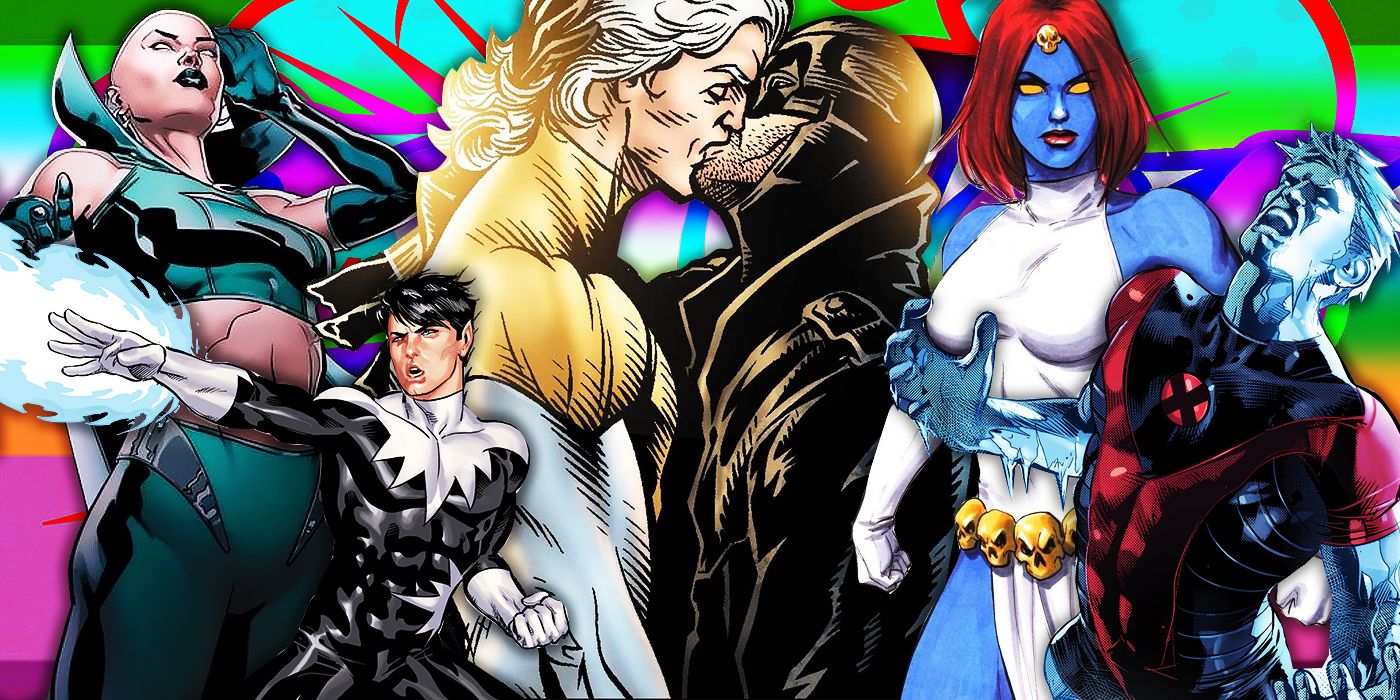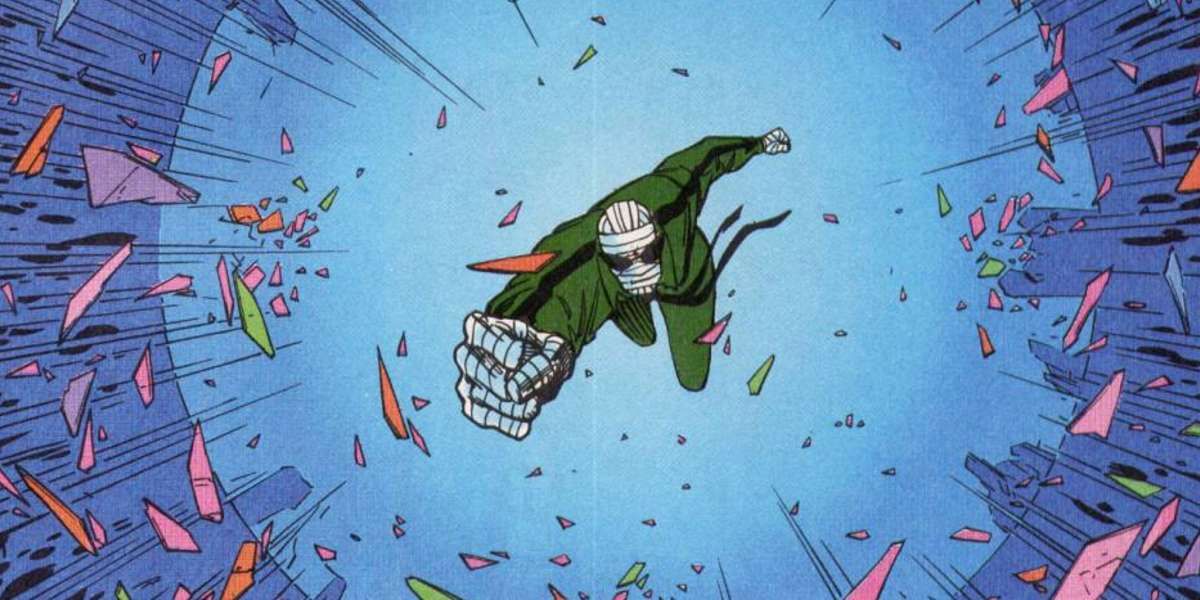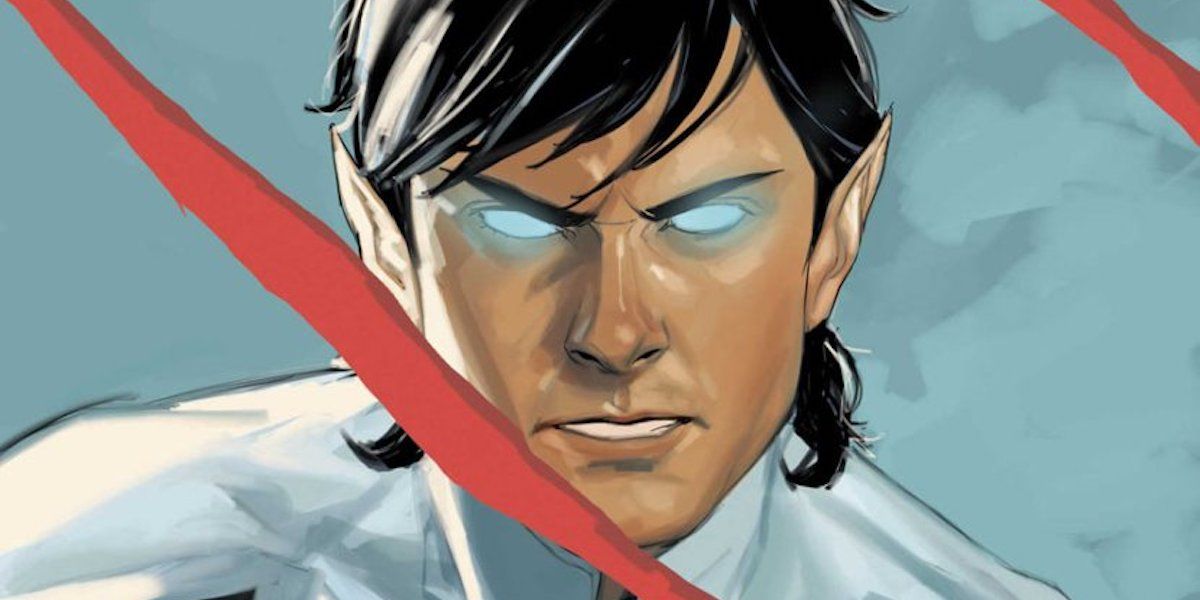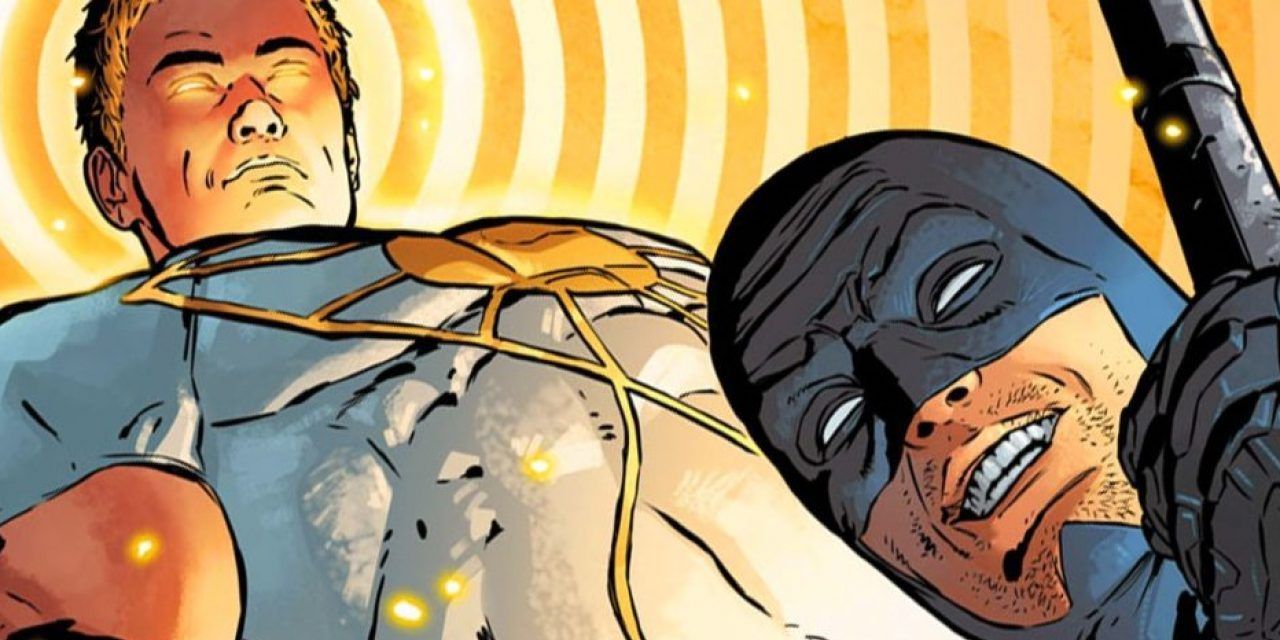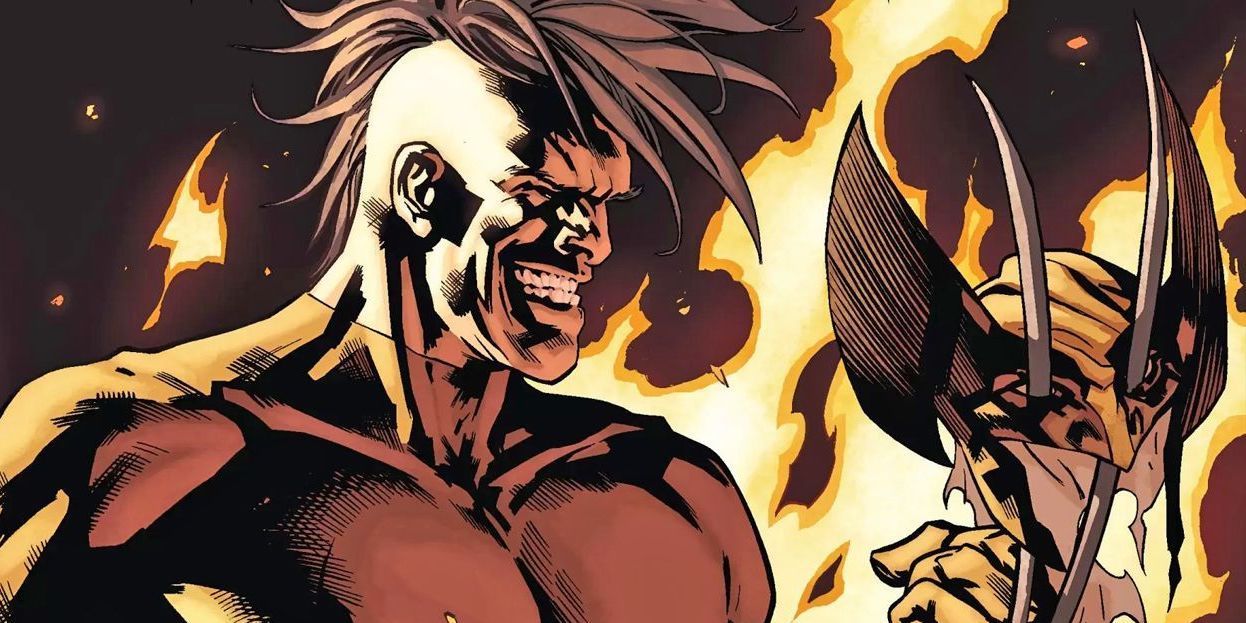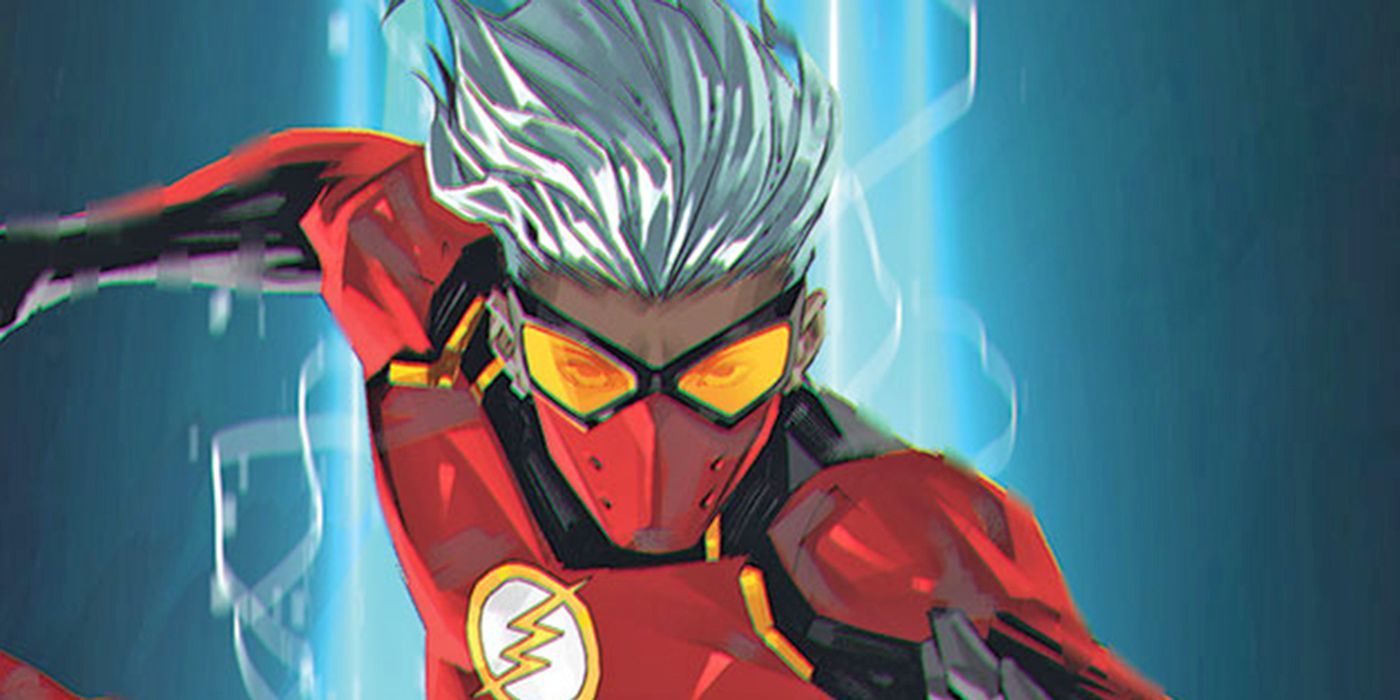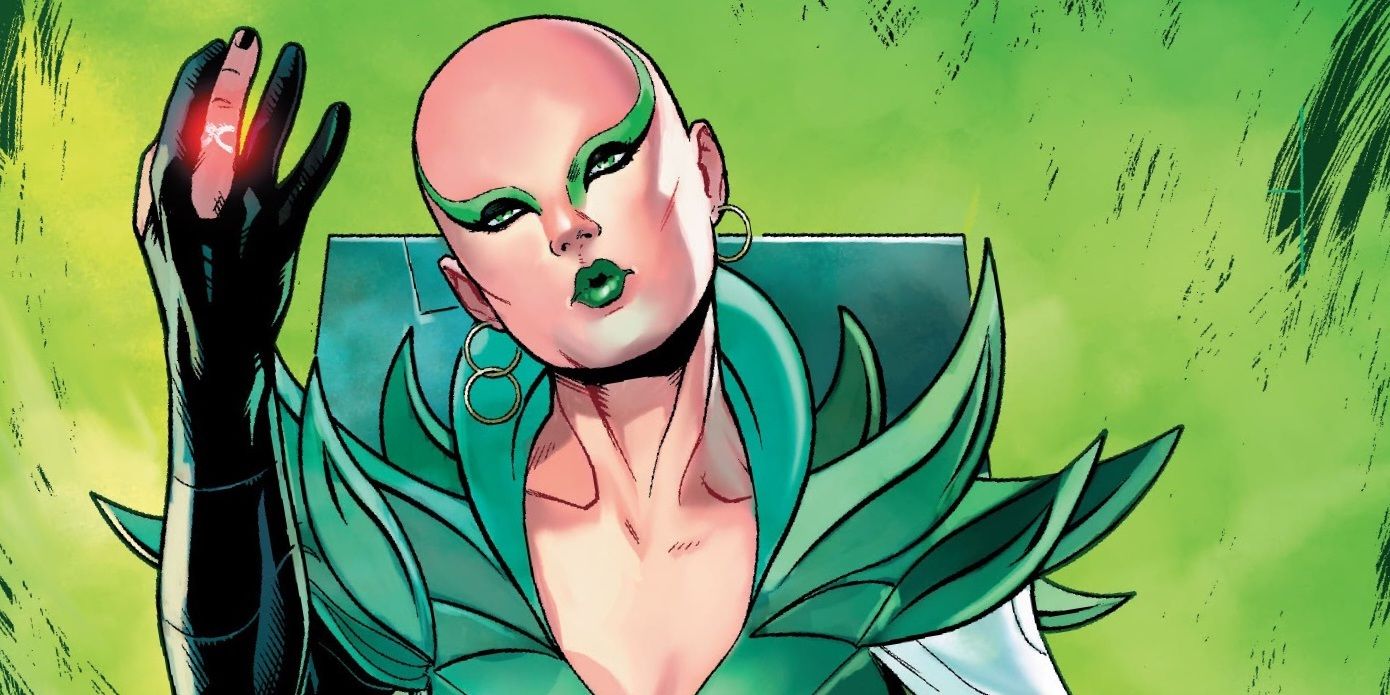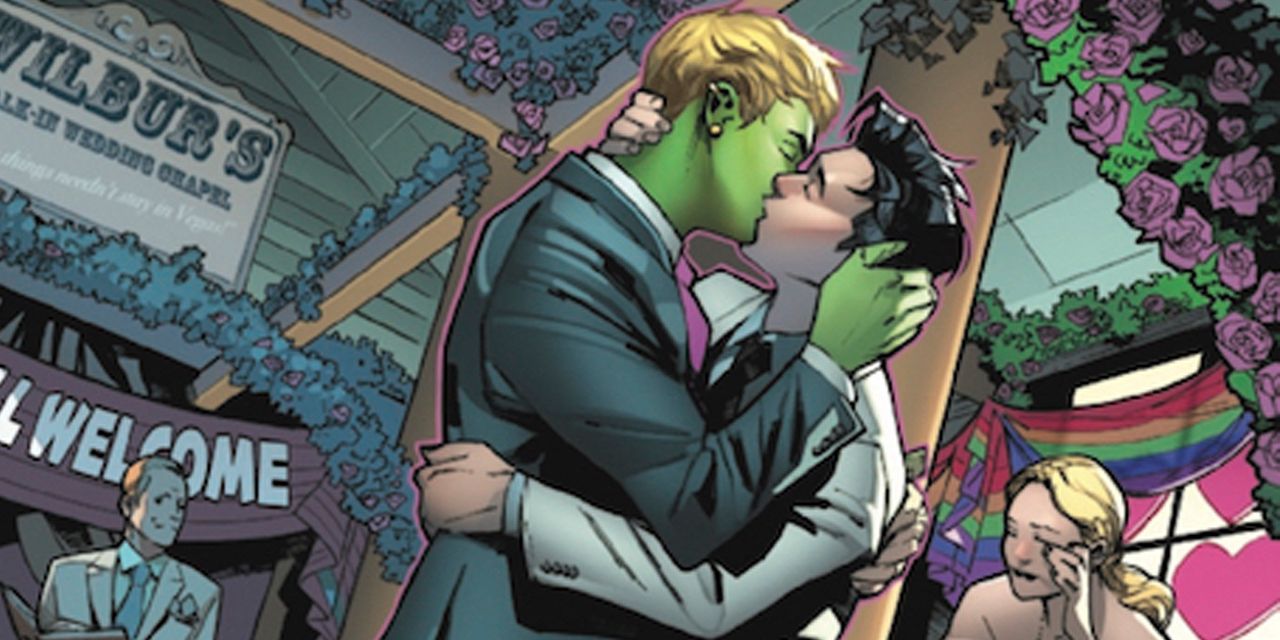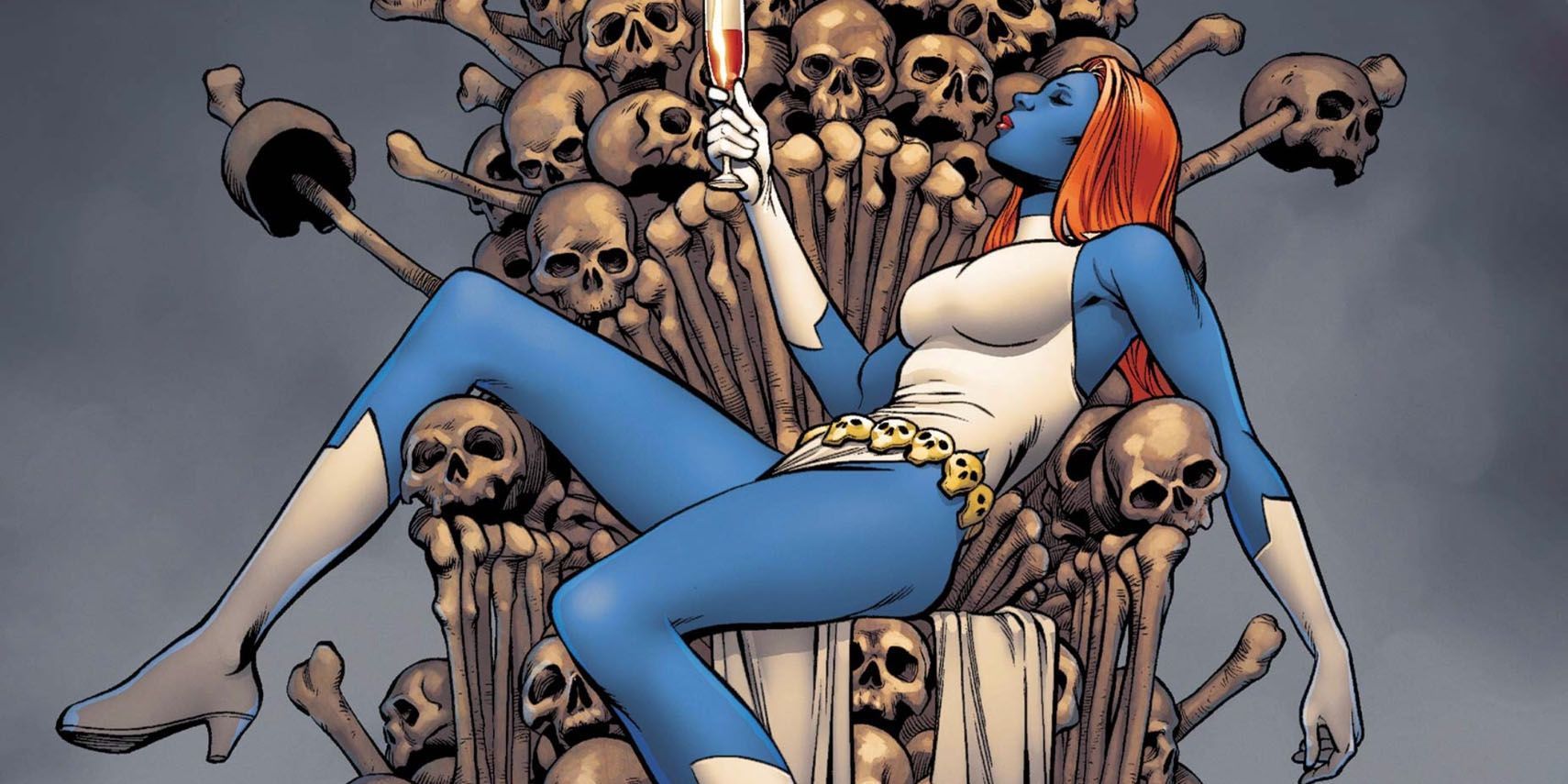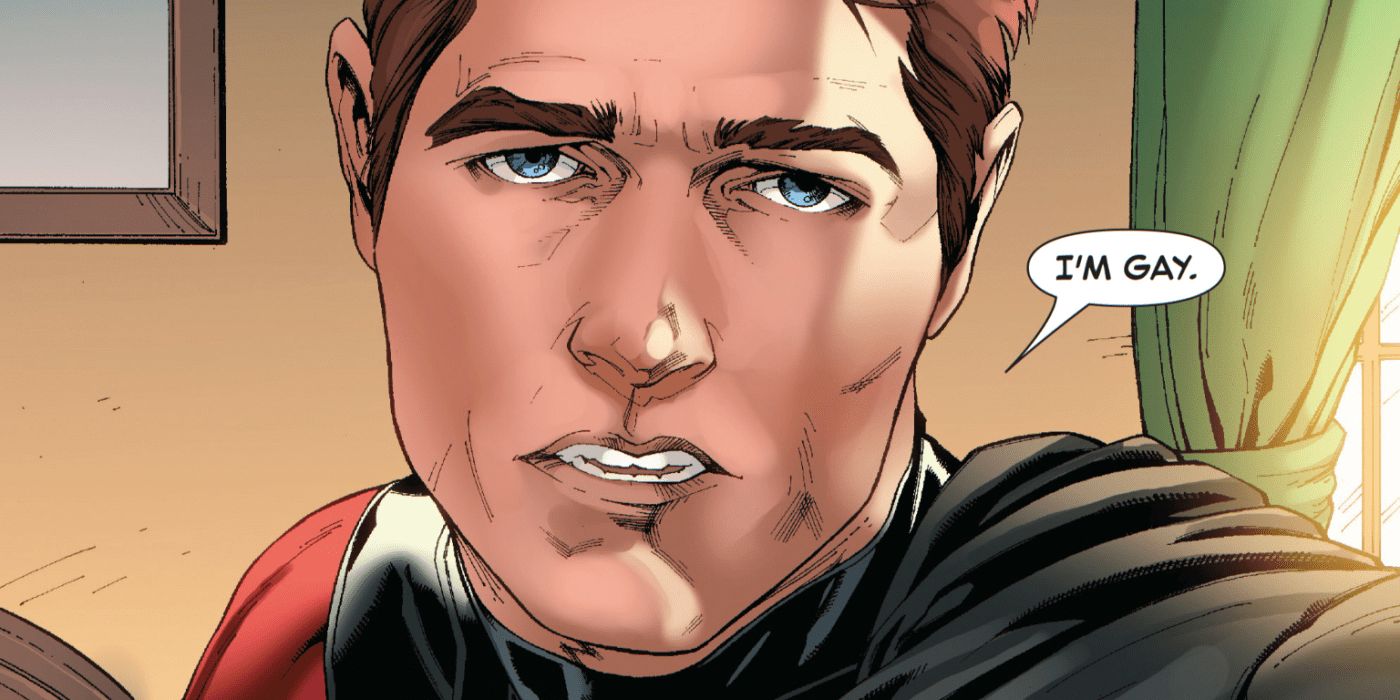It’s Pride Month, yet another reminder that when it comes to mainstream media, we are still falling behind in terms of on-screen representation of LGBTQ+ characters, even and especially in the superhero space. But there are opportunities to rectify this issue in current and future properties.
Hollywood has made some progress in regards to queer representation in superhero media. Marvel properties have included gay characters like Runaways’ Karolina Dean (Virginia Gardner) and Nico Minoru (Lyrica Okano), plus Jessica Jones’ Jeri Hogarth (Carrie-Anne Moss).
Meanwhile, the CWVerse has quite a few characters that represent the queer community, though some of them, like Curtis Holt (Echo Kellum) and Nyssa al Ghul (Katrina Law), were underserved to the point that Kellum left the show despite his character being part of Team Arrow (Nyssa also didn’t get much growth, and her character was briefly married off to Oliver Queen). But the universe has improved since then: We have Nicole Maines’ Nia Nal on Supergirl, who is the first transgender superhero on screen, as well as both leads on Batwoman – Ruby Rose’s Kate Kane was an out and proud lesbian, and her replacement Ryan Wilder (Javicia Leslie) is bisexual. Additionally, Sara Lance (Caity Lotz) and Ava Sharpe (Jes Macallan) are a couple on DC’s Legends of Tomorrow, Alex Danvers (Chyler Leigh) came out in the second season of Supergirl, and Black Lightning's Anissa Pierce (Nafessa Williams) and her wife Grace Choi (Chantal Thuy) are a rare example of a queer, multi-racial superhero couple.
The HBO Max DC shows also include deaf trans actor Chella Man played Jericho on Titans, a character who was always written as cisgender in the comics. In the same universe is Matt Bomer’s Larry Trainor on Doom Patrol, a character who was written as straight in the comics but isn’t so in the television series.
A few more characters will soon be added to the list. The Marvel Cinematic Universe’s first gay superhero, Phastos (Brian Tyree Henry), will debut in Eternals, and queer superhero America Chavez (Xochitl Gomez) will feature in Doctor Strange in the Multiverse of Madness. While this is a start for a more inclusive future, there still isn’t nearly enough LGBTQ+ representation in superhero media. Here are 11 more comic book characters that we’d like to see on screen representing the rainbow flag.
Rebis
Rebis is a controversial entry because they weren't originally written to represent the queer community. The Doom Patrol character is the amalgamation of Larry Trainor, Eleanor Poole, and the Negative Spirit, and as Rebis, the Spirit doesn’t conform to one gender, but was merely coded as intersex and non-binary. However, readers understood the implication, and later versions have explicitly stated that Rebis is non-binary (especially after Rebis’ creator, Grant Morrison, came out as non-binary in 2020). Larry Trainor/Negative Man is already part of HBO Max’s Doom Patrol, meaning that his character might evolve into Rebis, especially since a female character with a Negative Spirit of her own was introduced in Season 2. The casting choices for Rebis, however, will be crucial so as to represent the community respectfully.
Northstar
Jean-Paul Beaubier, aka Northstar, made history not once, but twice in Marvel comics. He is the first character to come out in mainstream comics (he literally said the words "I am gay," which was a big deal in 1992) and also the first one to feature in a gay wedding on the cover of mainstream comics. A member of Alpha Flight – the Canadian equivalent of the X-Men – Northstar has super-speed and loves to ski. It’s astounding that he isn’t a major icon for comic book fans already.
Midnighter and Apollo
We really can’t have Midnighter without Apollo, not after Steve Orlando made them DC Comics' greatest couple (I exaggerate, but it’s true). Midnighter is basically the gay version of Batman, a dark vigilante type who was experimented on, and now has a brain that can compute every scenario. Apollo is a superhero with golden locks, a dashing appearance, and flame powers. Both characters debuted in the Stormwatch series in the 1990s, but their limited series run in 2016-2017 brought them to the mainstream. Midnighter is the gruff anti-hero who’s a big softie when it comes to his husband, and we need to see their relationship brought to life on screen.
Daken
Daken has a cult following because he’s a rare commodity in pop culture — an unabashedly bisexual man. Daken is the son of James Howlett (who would become Wolverine) and his wife Itsu. After Itsu was killed by the Winter Soldier, Daken was trained to become an assassin. Daken has his father’s healing factor and the bad boy charm to win people over.
Jess Chambers
Jess Chambers is the newest incarnation of The Flash in DC Comics’ Future State, and one of the first non-binary characters in the canon. The character is from Earth 11, where the Flash family doesn’t exist, though they share the other Flash's superspeed and super-senses. They arrive on Earth-Prime to save the planet and decide to stay, forming a strong bond with Aquawoman in the process. Since Jess is such a new character, a jump to the big screen allows the writers to develop their character organically while diversifying the existing roster of superheroes.
Moondragon
Even ardent Marvel fans may be unaware of Moondragon, a cosmic being with a convoluted history. The character has an iconically shaved head, her signature look. Her first foray into a lesbian relationship was a recent occurrence, but she has attracted the attention of people of all genders before, most notably in the original Defenders comics. Moondragon’s comic history is connected to the Guardians of the Galaxy and the Eternals, so there’s a possibility the character will appear in the MCU in connection to those titles.
Hulkling and Wiccan
Wiccan is the superhero moniker of Billy Kaplan, Wanda Maximoff/Scarlet Witch’s son who has similar magical abilities as his mother. Wiccan’s long-time partner and sometimes husband (depending on the series) is Teddy Altman, who is part-Kree/part-Skrull. Teddy has shapeshifting abilities, and settles on the name Hulkling because, well, he’s big and strong and green. There’s a chance we’re already on our way to seeing these two characters on screen; a young version of Billy was seen on WandaVision, which could lead to the MCU depiction of the Young Avengers, including this young couple.
Mystique
Mystique has been portrayed in seven live-action X-Men films as straight. But in the comics, Mystique is a notably bisexual. Her relationship with Destiny/Irene Adler was teased in the comics as early as the 1980s; Mystique shapeshifted into a male body to dance openly with Destiny, and recent comics have been much more overt about their relationship. Given Mystique’s popularity, she deserves to return to the screen again in a more authentic portrayal.
Iceman
Yes, we’ve had an Iceman in the live-action X-Men films, but not one who was gay (though this X2 scene maps "coming out" dynamics onto Shawn Ashmore's Iceman, revealing he's a mutant for a joke). In the comics, Bobby Drake found out he was gay when his younger self from another timeline told him. The retcon was welcomed by many queer fans, especially after Sina Grace’s limited series showed Bobby navigating his new life. Bobby is a really fun and punny character in the comics, and that’s the version we’d like to see on our screens. A film or series featuring Bobby coming to terms with his sexuality and enjoying being out would be a nice change of pace from the serious, all-action adaptations we’ve become used to.

